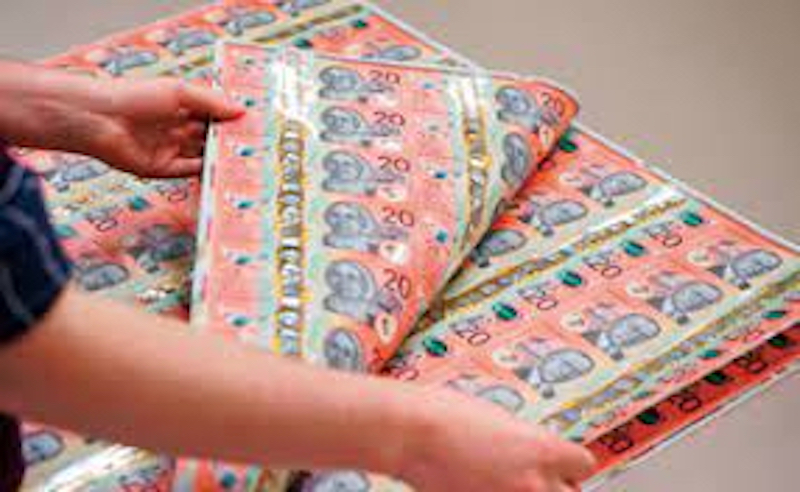
Money for nothing
Consumers’ use of cash for payments has halved over the past three years and is now used for only around 10 per cent of payments, according to the latest Reserve Bank payments survey.
Based on a seven-day payment diary completed by around 1000 people, the 2022 Consumer Payments Survey found that consumers used cash for 13 per cent of their payments – down from 27 per cent in the previous survey in 2019. By value, cash payments were just 8 per cent.
Cash use for consumer payments was 69 per cent in 2007 (the first year the survey was done) but has been declining steadily since then.
Consumers used debit cards for 51 per cent of their payments – up from 44 per cent in 2019; and credit and charge cards for 26 per cent of their payments – up from 19 per cent in 2019.
Among other payment methods, Bpay was used for 2 per cent of payments (unchanged from the previous survey), internet or phone banking was used for 3 per cent of payments (also unchanged) and PayPal was used for 2 per cent (unchanged).
Cheques were used for 0.1 per cent of consumer payments. Last week Treasurer Jim Chalmers said the government will develop a plan to phase cheques out over the next few years.
The Reserve Bank said cash has historically been used for low value in-person transactions but that is no longer the case. The pandemic accelerated the shift.
In 2022, cards were used for 70 per cent of payments under $10 – up from 50 per cent in 2019.
The RBA said cards (including card payments using mobile wallets) are the dominant payment method for people of all age groups. Consumers aged 18 to 25 use cards for 85 per cent of their payments, compared with 77 per cent for all consumers.
Older Australians and those on low incomes are the biggest cash users.
A quarter of survey respondents said it would be a “major inconvenience” or a “genuine hardship” if cash was hard to access or use, regardless of how much they actually used cash.
They cited privacy and security concerns as reasons why cash was important to them, as well as barriers to using other payment methods (such as poor internet access) and the fact that some merchants only accept cash.
Among businesses taking consumer payments, the increase in card use has been broadly based. The RBA said there has been a significant shift away from cash at small food retailers, such as cafes, pubs and takeaway food outlets.
“In addition to consumer preference to use cards, the trend could reflect wider card acceptance enabled by plans offered by new payments providers catering to smaller merchants, as well as more convenient technology,” the RBA said.
One sector where use of cards fell was in the holiday industry, which reflects increased use of non-cash methods such as bank transfers.
Contactless payments made up 95 per cent of in-person card transactions – up from 85 per cent in 2019.
One-third of consumers used a mobile device to make a contactless payment during the survey period – an increase of 25 percentage points since 2019. And around half of respondents said they had card details stored in a mobile wallet.
BNPL payments made up 0.7 per cent of payments – up from 0.5 per cent in 2019.